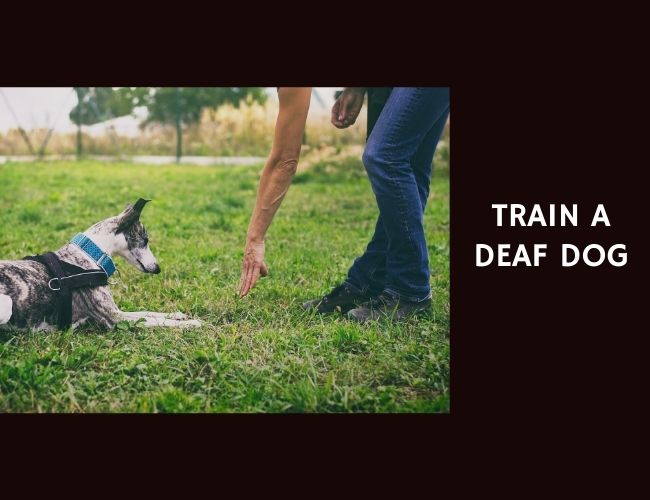A **2020 study** led by A. Ogi and colleagues investigated how brief periods of **human-dog interaction** affect emotional markers in **guide dogs**. The researchers focused on the hormones **oxytocin** and **cortisol**, which respectively reflect positive bonding and stress responses. The study involved **eight guide dogs**—six Labrador Retrievers and two Golden Retrievers—just before their formal assignment to visually impaired handlers.
Each dog participated in two conditions spaced one week apart: a positive condition involving five minutes of affectionate interaction (stroking by a trainer), and a negative condition consisting of five minutes of isolation. Saliva samples were collected immediately before and after both conditions to measure **oxytocin levels**, and 15 minutes later to assess **cortisol levels** via Enzyme Immunoassay (EIA).
The results were clear: salivary oxytocin significantly increased after the stroking session (p = 0.036), indicating a rise in emotional bonding. In contrast, there was **no significant change** in oxytocin after the isolation period (p = 0.779). Interestingly, **cortisol concentrations**—a common stress marker—did not significantly change between conditions (p = 0.263), and no behavioral signs of distress were observed during isolation.
These findings support the hypothesis that positive human contact boosts emotional well-being in dogs without involving the **hypothalamic–pituitary–adrenal (HPA) axis**, which governs physiological stress responses. This indicates that oxytocin fluctuations observed during stroking are not stress-induced but genuinely reflect emotional bonding.
The authors emphasize the broader implication of these results: **stroking may be used as a practical and non-invasive tool to assess emotional well-being in working dogs**. This could guide training and welfare practices, especially for service animals whose emotional resilience and trust in humans are essential for successful placement and performance.
Overall, the study highlights that **gentle, positive human touch has measurable benefits** for dogs’ emotional states—offering a scientific basis for a practice already intuitively understood by many dog guardians and trainers.
Source: A. Ogi, C. Mariti, P. Baragli, V. Sergi, A. Gazzano. 2020-04-01. “Effects of Stroking on Salivary Oxytocin and Cortisol in Guide Dogs: Preliminary Results.” Animals, 10. https://doi.org/10.3390/ani10040712










